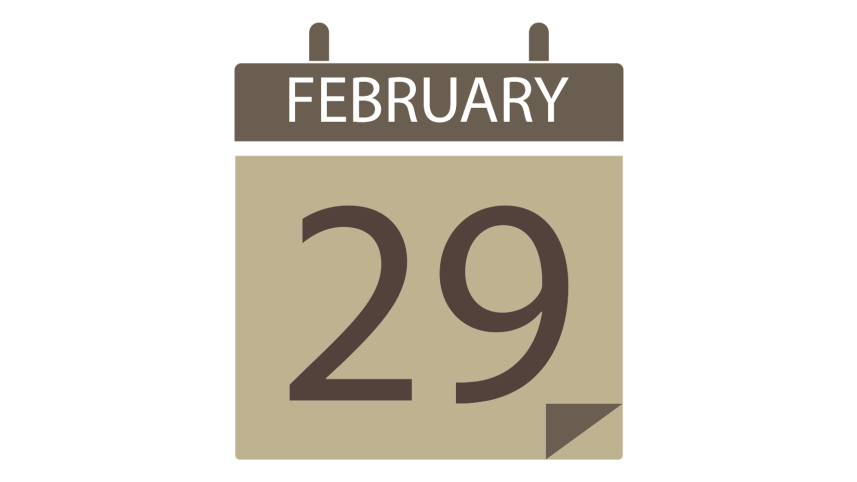Leap Years

Leap years, which occur approximately every four years, contain an extra day observed on February 29. So, during leap years, there are 366 days in a year instead of 365. The purpose of integrating leap years into our calendars is to maintain synchronisation between the human-made calendar year and astronomical year, the latter of which is determined by the Earth's orbit around the sun.
The tradition dates back to the Julian calendar, which observed three years of 365 days, followed by one leap year of 366 days. This was further refined in the Gregorian calendar, where the extra leap day occurs in years that has an integer which is a multiple of 4. Other calendars account for leap years as well, with the Hebrew calendar adding a 13th lunar month seven times every 19 years and the Hijiri calendar adding an extra day when needed to make sure that the following year begins on the March equinox.



 For all latest news, follow The Daily Star's Google News channel.
For all latest news, follow The Daily Star's Google News channel.
Comments